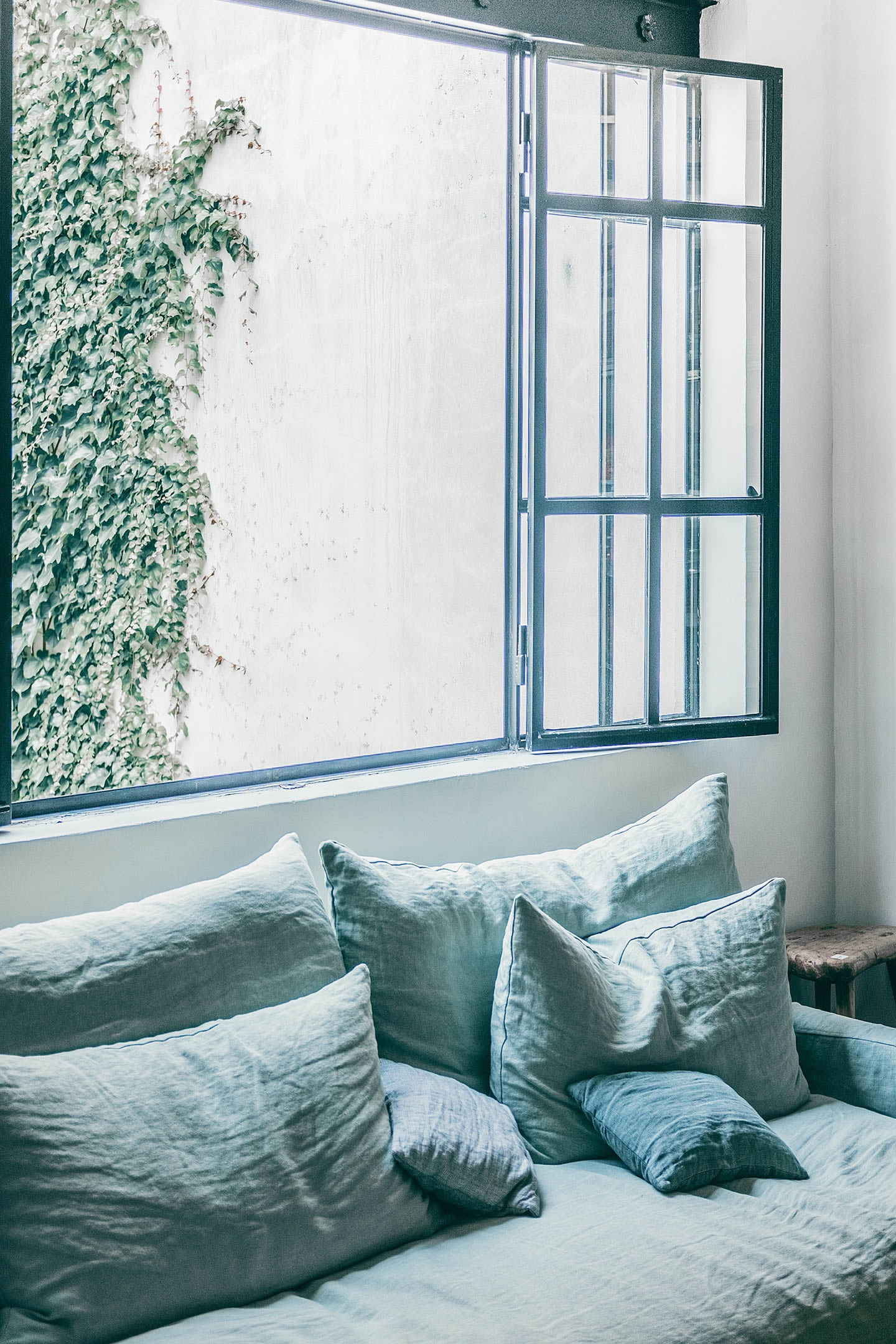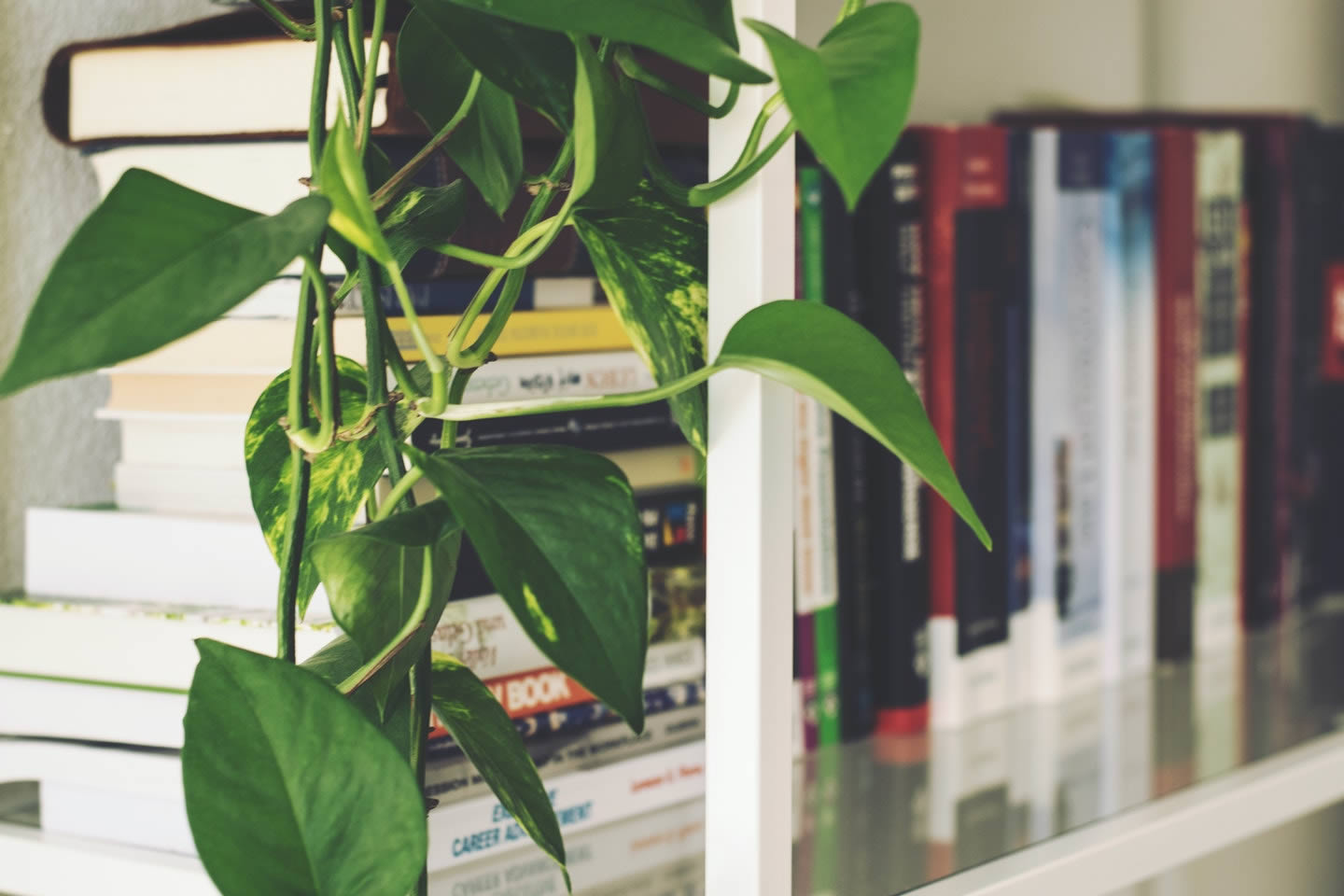When it comes to maintaining indoor air quality, every homeowner is concerned about lingering health issues, such as headaches, eye and ear irritation, fatigue, and the inability to concentrate. The most common causes of poor air quality within indoor spaces include humidity, poor ventilation, and pollutants. Living or working in a house with stale air can be quite stressful. To avoid this, take necessary measures to keep your short and long-term health at bay. Ensuring the flow of clean air within indoor spaces is also important to boost productivity and keep stress away.
Let’s take a look at the science behind how clean air can be maintained and circulated indoors.
Good ventilation is key

The easiest way to achieve clean air around the house is by letting the doors and windows open for a few hours every day. Simply put, ventilation allows good air to replace bad and stale air within indoor spaces. Pollen, dust, and other sorts of pollutants can reduce the quality of air and breathability. Ventilation is needed not only to eliminate foul and bad air but also to lower the pollutant levels. Let the fresh air in by leaving your windows open. By doing so, you can let cooler and fresher air inside and push the stale air out. Installing exhaust fans is another way to experience spot ventilation, which refreshes air from a specific spot such as bathrooms and kitchen.
Why diffusers are impactful
Upon using a diffuser during the day, you can improve the indoor air quality and make it safe to breathe. Apart from ventilation, using a diffuser is another natural method that can make a major difference. You must add a few drops of essential oils to the machine to achieve a relaxing effect. If your house is also infected by harmful microbes or mold, essential oils can reduce their negative effect. Other than this, they also enhance the purification effect. Some specific types of essential oils that can purify indoor air include tea tree oil, ylang ylang, citrus, and lemongrass. They are also useful and effective when you meditate, and act as a part of aromatherapy.
The importance of air conditioners
While natural ventilation methods should be prioritized over mechanical or artificial means of filtering indoor air, certain mechanical systems like HVAC or air conditioners can improve air quality by multifolds. Moreover, they help maintain the humidity level, thereby keeping the habitant cozy and comfortable. Air conditioners also remove allergens from the air, leaving it clean and crisp. At the same time, they maintain and regulate the indoor temperature. However, failing to maintain it can cause a reverse effect and create health issues in patients suffering from asthma or some kind of allergy. Instead of removing harmful microbes and allergens, damaged air conditioners circulate the bad air present indoors. In extreme cases, it can even create toxic fumes and vapors.
How fume hoods work
Whether it’s a house or a lab, fume hoods can help reduce the level of toxic pollutants present indoors. It shifts harmful toxins by moving the airflow and providing cleaner air to the habitant. Due to their effectiveness, fume hoods are one of the most sought-after equipment in labs and research areas. The fume hood technicians at TopAir Systems suggest planning the layout of the space before installing the tool as the location is extremely important. Do not place them near exits or openings as it can be hazardous. Moreover, constant monitoring is required to keep the flow in check. Keep a check on the dead spots as well. Consultants also recommend conducting smoke tests every once in a while.

The impact of house plants
Lastly, house plants can also keep the indoor air clean and crisp. They also help detoxify and reduce the level of pollutants present in the air. Some plants act as health ailments as they reduce the impact of cough and eye irritation. If you suffer from stress or anxiety, these plants can help alleviate the symptoms up to an extent. Some of the most common air purifying indoor plants are English Ivy, Chrysanthemum, Chinese Evergreen, and Weeping Fig. Since most of these plants are easy to maintain, homeowners who lack gardening skills can also tend to them. Moreover, plants instantly enhance a space’s aesthetic appeal and comfort level, which is why adding one or more of these plant types to your house can offer multiple benefits at once.
The reduction of products that pollute indoor air can also help to a greater extent. Room fresheners and cleaning products contain volatile particles that can damage the habitants’ health in the long run. Reduce the use of such products and resort to one or more of the solutions mentioned above to achieve cleaner indoor air.
Photographs by Joel Filipe / Maria Orlova / LUM3N

